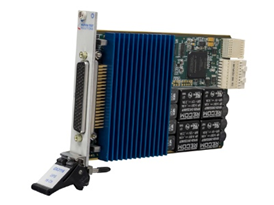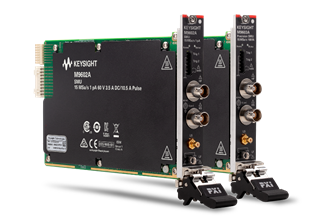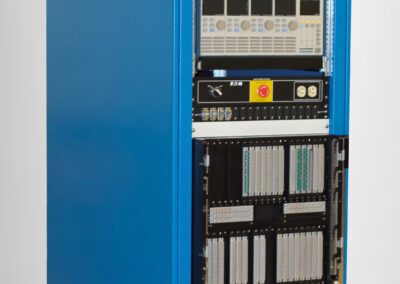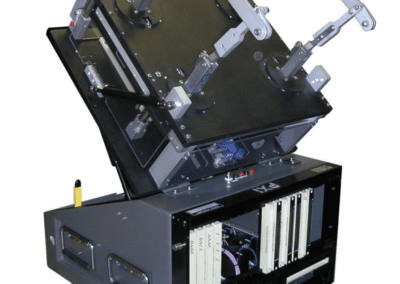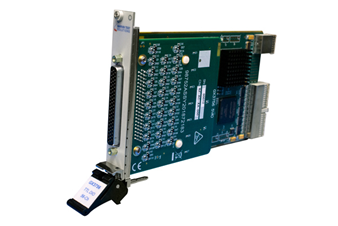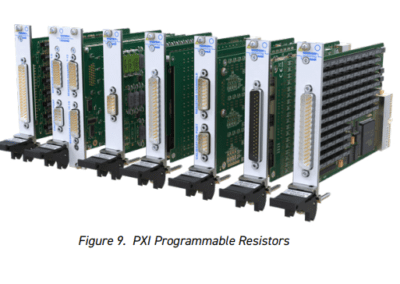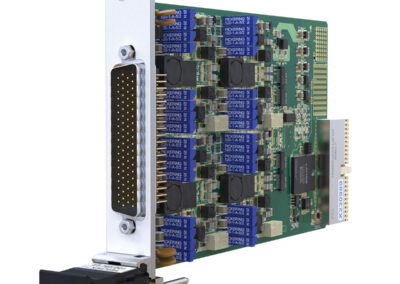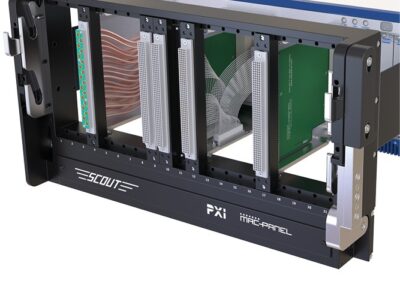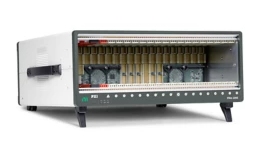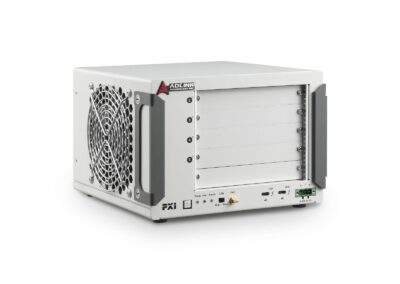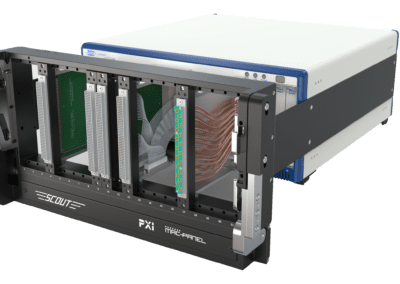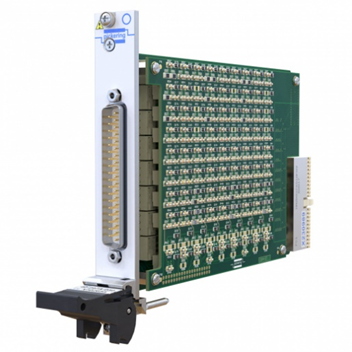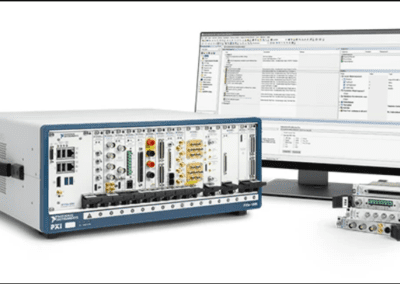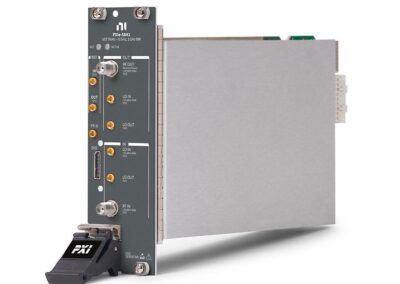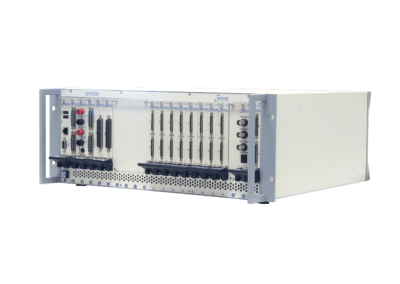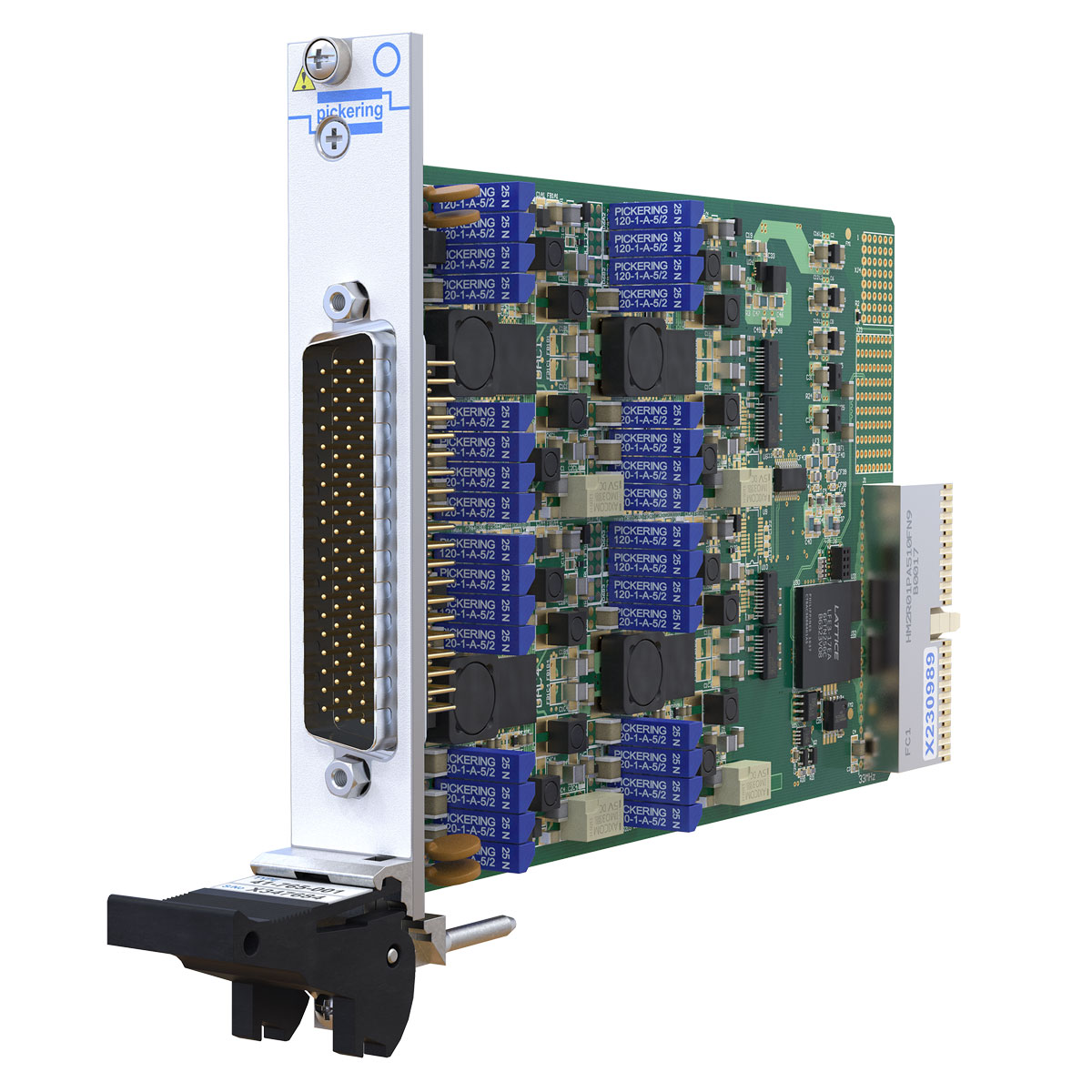Submitted by National Instruments
Hardware abstraction layers (HALs) and measurement abstraction layers (MALs) are some of the most effective design patterns to make test software as adaptable as the hardware. Rather than employing device-specific code modules in a test sequence, abstraction layers give you the ability to decouple measurement types and instrument-specific drivers from the test sequence. Learn how to drastically reduce development time by giving hardware and software engineers the ability to work in parallel.
Introduction
The design and development of automated test equipment (ATE) presents a host of challenges, from initial planning through hardware and software development to final integration. At each stage of the process, changes become more difficult and costly to implement. Furthermore, because software typically follows hardware in the development cycle, many open-ended items are left for the software engineer to handle. Good planning goes a long way toward mitigating familiar risk, but it can’t prevent every problem, especially in a fast-paced test development cycle where many issues arise at final integration. The idea that the software is more malleable than hardware, results in the phrase “just fix it in software!” However, hardware and software are tightly coupled and most issues typically require updates to both. This doesn’t stop with the initial deployment, but continues for the system’s life cycle.
Continue Reading
Sponsored by

This Month’s Featured Product
RF Instrument Synchronization
Challenges and Solutions
Wireless communication systems and aerospace & defense technologies use multi-antenna techniques including MIMO (Multiple Input, Multiple Output), beamforming and phased array radar. These techniques help to achieve higher data rates with improved spectral efficiency, signal quality and cell coverage by using multiple channels. A great deal of engineering and design work is required to ensure the final solution provides synchronization between the channels.
This article describes the challenges and solutions of RF multi-instrument synchronization.
The number of antennas used in wireless communications continues to grow to address the ever-increasing demands for higher data rates. Multi-antenna systems increase in complexity as antennas are added and new test strategies are required to fully test the evolving designs. The IEEE WLAN 802.11ax wireless technology is a good example, now requiring up to 8×8 MIMO configurations.
A high-priority, during development of these new systems, is to ensure the synchronization between channels as signals are generated and analyzed. Instrumentation features such as the sampling clock and event triggers play a key role in achieving instrument synchronization. A sample clock, is used to provide a common reference frequency for signal generating or analyzing instruments, such as arbitrary waveform generators or waveform analyzers, and ensure the sample clock of each instrument is aligned, resulting in aligned generation/analysis of signals.

